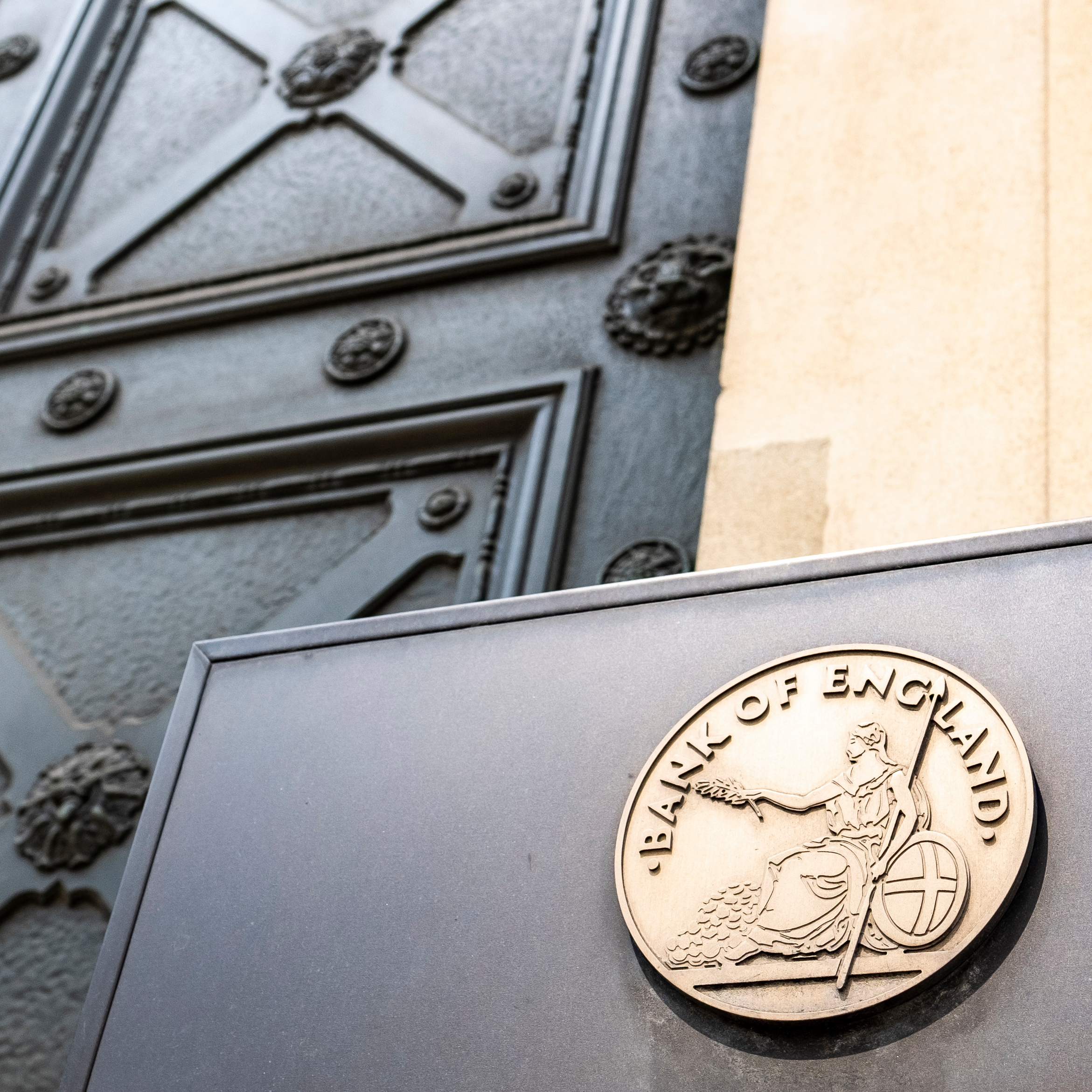The Bank of England has voted to lower the Base Rate by 0.25% for the second time this year, reducing it to 4.25%. The Base Rate was held at 4.5% in March after a previous cut of 0.25% in February.
The Bank meets every six weeks to determine the future of interest rates, aiming to control inflation and maintain a healthy economy. Currently, inflation stands at 2.6%, which is above the government’s target of 2% for the Bank.
The financial markets have been widely expecting a cut to interest rates this week, as continuing to hold rates could have a negative knock-on effect on economic growth, impacting businesses and households further down the line.
What do the experts think?
Our mortgage expert, Gordon Covell, says: “The Bank of England (BoE) has cut the Base Rate for the second time this year, to 4.25%, which the financial markets and mortgage lenders have widely expected.
“There were calls for the BoE to cut the Base Rate further this month, by half-a-percentage point, however the Bank is continuing to take slow and steady steps towards driving growth, with sluggish inflation remaining above the 2% target and amid ongoing economic uncertainty over the impacts of Trump’s tariff policies.
“If the Bank does make two-to-three more cuts of 0.25% this year, which many are forecasting, we could close out the year with Base Rate lowered to 3.75%, or further.”
With strong signs of home-mover activity since the start of this year, the outlook for borrowers remains stable.
Matt says: “While average mortgage rates have continued to slowly come down in the past two weeks, some lenders have taken their time to pass on the benefits of the expected Base Rate cut, but we could now expect further reductions in the coming days and weeks.
“If Base Rate continues to follow the expected downward trajectory in 2025, there will be some headroom for lenders to continue to slowly reduce their pricing. The UK mortgage market remains competitive, but headline rates will continue to be impacted by events both in the UK and overseas,” he adds.
What could the Base Rate reduction mean for affordability?
Lenders conduct ‘stress test’ calculations to determine if someone can afford a mortgage, particularly in scenarios where their repayments might increase significantly. These calculations are directly linked to the Standard Variable Rate (SVR) that we discussed earlier.
Typically, the ‘stressed rate’ used by lenders is the SVR plus an additional 1%. Therefore, if lenders’ SVRs decrease in response to a cut in the Base Rate, we might see an improvement in affordability. This is because the stressed amount will be lower as a result of the Base Rate reduction.

